Dairy Cattle
All Dairy Cattle Content
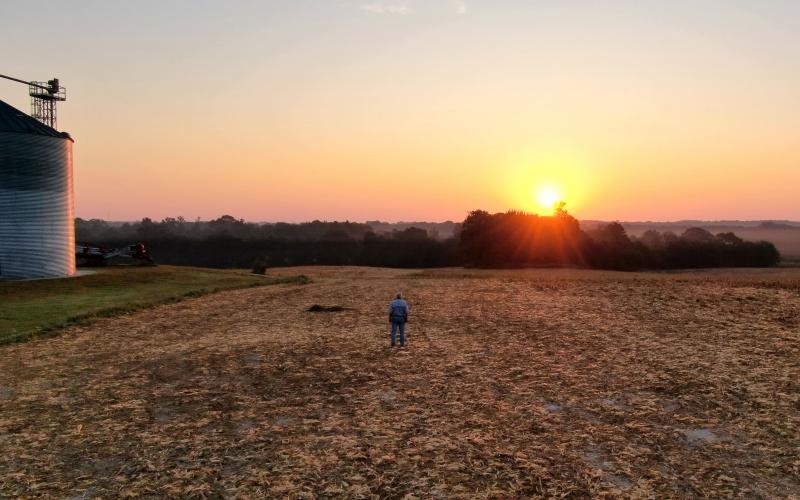
Being Proactive and Prepared During the COVID-19 Pandemic: Tips for South Dakota Farmers and Ranchers
August 10, 2020
Are you prepared to be gone from your operation for a month?

Keep an Eye on Your Dairy Farm Employee Vision Health
With the aim to understand more about vision impairment with dairy employees, the SDSU Extension dairy team researched dairy employees' health status with a focus on vision care.
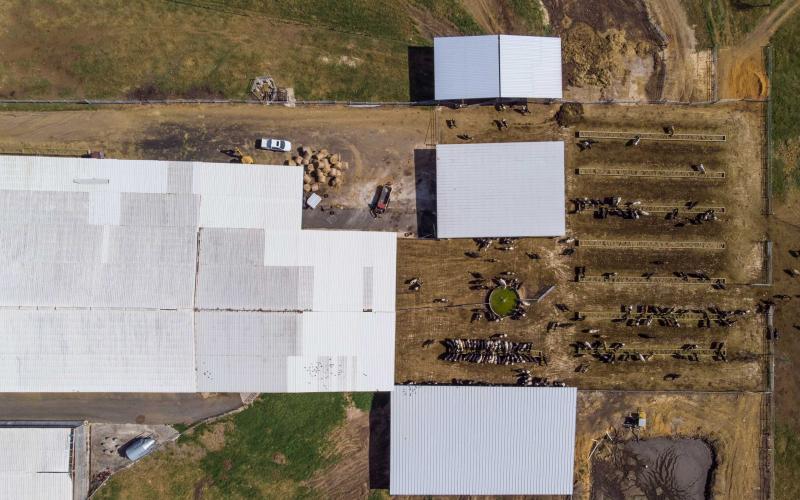
Dealing With Heat Stress in Dairy Cows
Alleviating heat stress is critical to milk production. Heat stress from high environmental temperatures can be compounded by mistakes in managing and feeding cows. Water is your first concern during periods of high temperatures.
![A herd of cattle gather around a stock pond on a vast, lush grassland. Courtesy: USDA [CC BY 2.0]](/sites/default/files/styles/teaser_800x500/public/2019-05/W-00231-00-cattle-grazing-grassland-pasture-range.jpg?h=8f818b46&itok=6GS1_Ww0)
The Environmental Disease Called Pinkeye
Plentiful moisture during the grazing season might contribute to what could be called a “bad year” for a certain cattle disease: pinkeye.
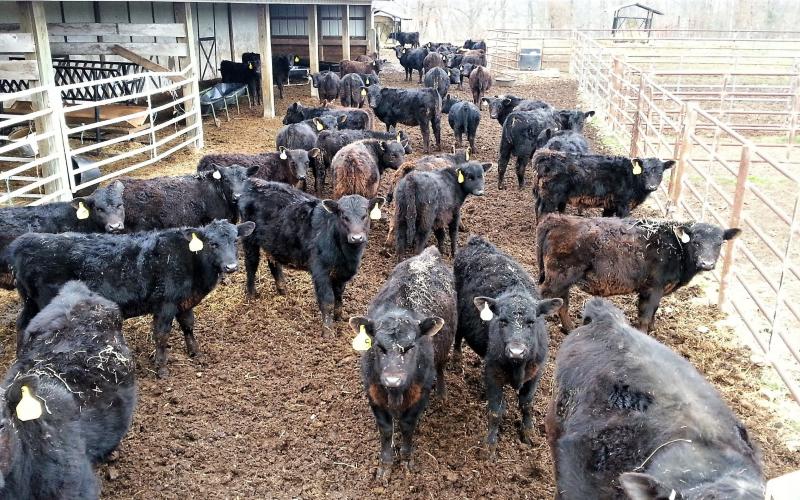
Johne’s Disease Management: Preventing Manure Contact is Key
The key to decreasing Johne’s Disease transmission is preventing young stock from coming in contact with manure from potentially infected animals.
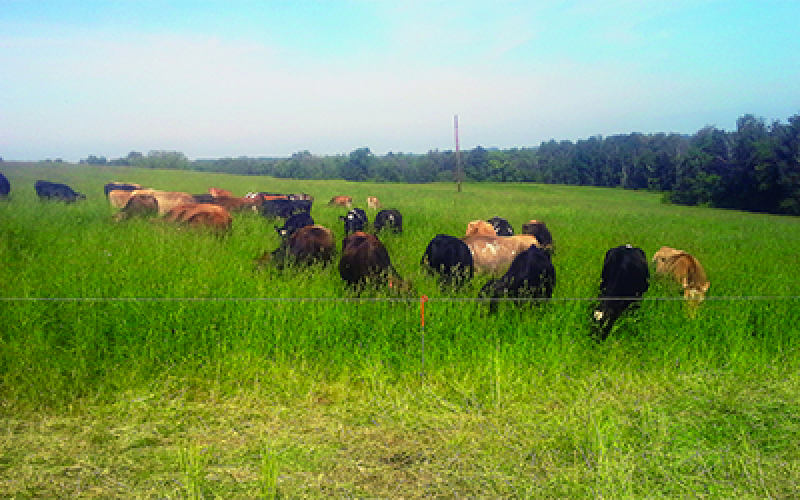
Anaplasmosis: Is it a problem in the Northern Plains?
Cattle producers have been hearing more and more about a disease called anaplasmosis. This disease recently appears to have become more common in areas not previously affected. The disease is typically associated with cattle herds in warmer areas of the country, but is it ever a problem up here on the Northern Plains?
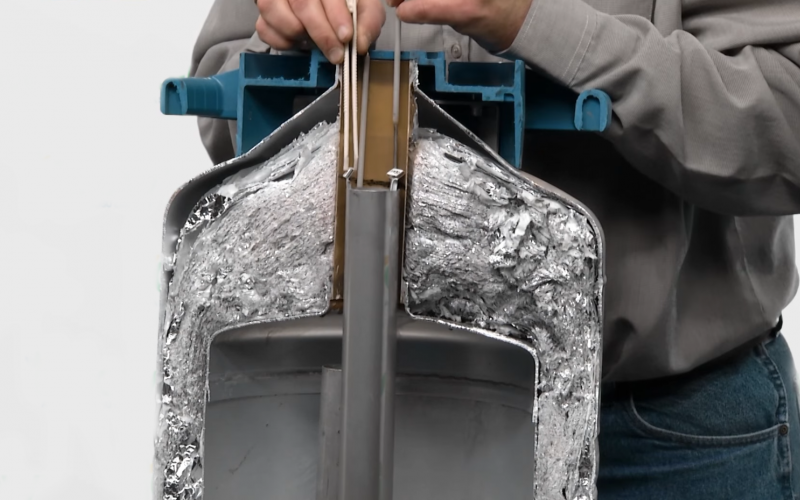
Semen Handling Procedures
Before the start of the breeding season, it is a good practice to review the proper semen handling procedures.
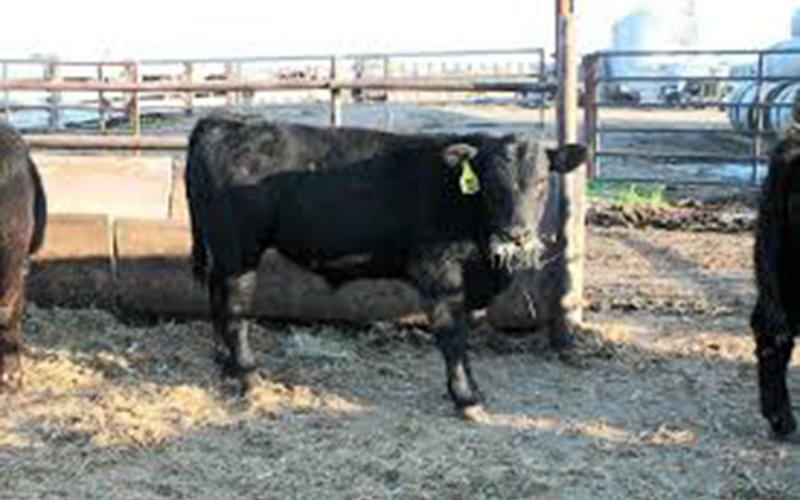
Choosing Beef Genetics for Use in Dairy Herds
Combinations of new technologies and economic challenges often usher in sweeping changes and opportunities. The use of beef genetics on dairy cows is the most-recent example.
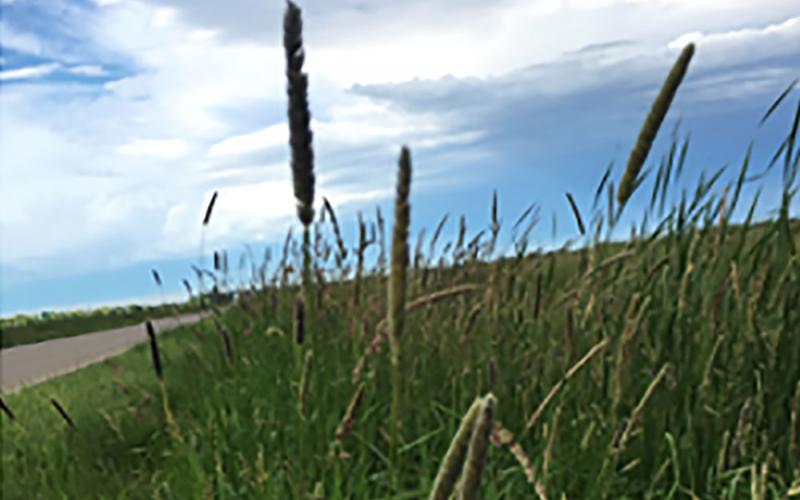
Ditch Hay: Harvesting, Quality, and Feeding
Using ditch hay to feed cattle is a common practice across the U.S. It provides livestock producers with a source of readily available forage, which can be very useful, particularly during feed shortages.
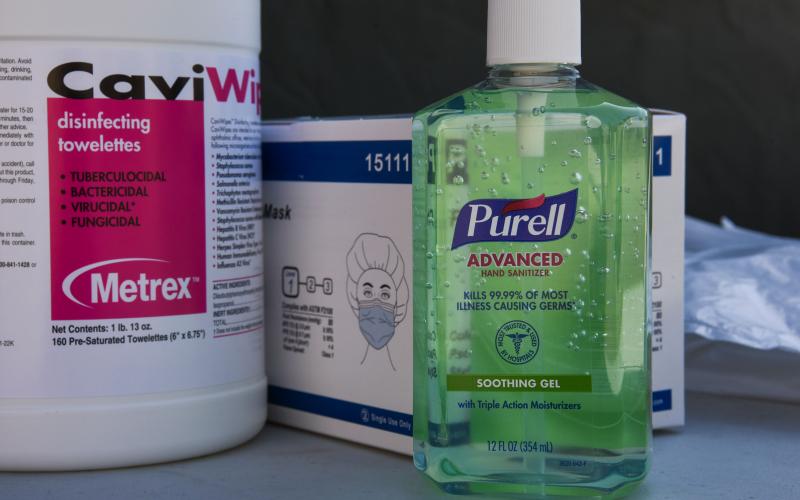
Information on How to Deal With COVID-19 for Dairy Workers
We would like to share some advice on measures to follow due to the problems that are affecting the world population today, including all of us.